
How to use a Texture Analyser to beat your competitors

You might be considering the purchase of a Texture Analyser and wondering how it will give you an advantage in your product development or you might already be an experienced user looking to employ your Texture Analyser to develop new products and want to benchmark the texture of products that are already established to see why they are texturally successful or where gaps in the market are waiting for improvements in texture.
Using a Texture Analyser can help food manufacturers beat their competitors by optimizing the texture of their products to meet specific consumer preferences and, once developed, by ensuring consistency and quality in product manufacture.
Here are some ways to use a Texture Analyser to gain a competitive advantage:
- Understand consumer preferences: Use a Texture Analyser to measure the textural properties of competing products and identify the specific textural attributes that consumers prefer. By understanding consumer preferences, manufacturers can optimise their products to meet these preferences and gain a competitive edge. The formulator of a gluten-free variant of the below example madeira cake would be delighted to see that their new development matches the textural expectations of its gluten-loaded counterpart, thereby avoiding consumer disappointment and maintaining brand loyalty.
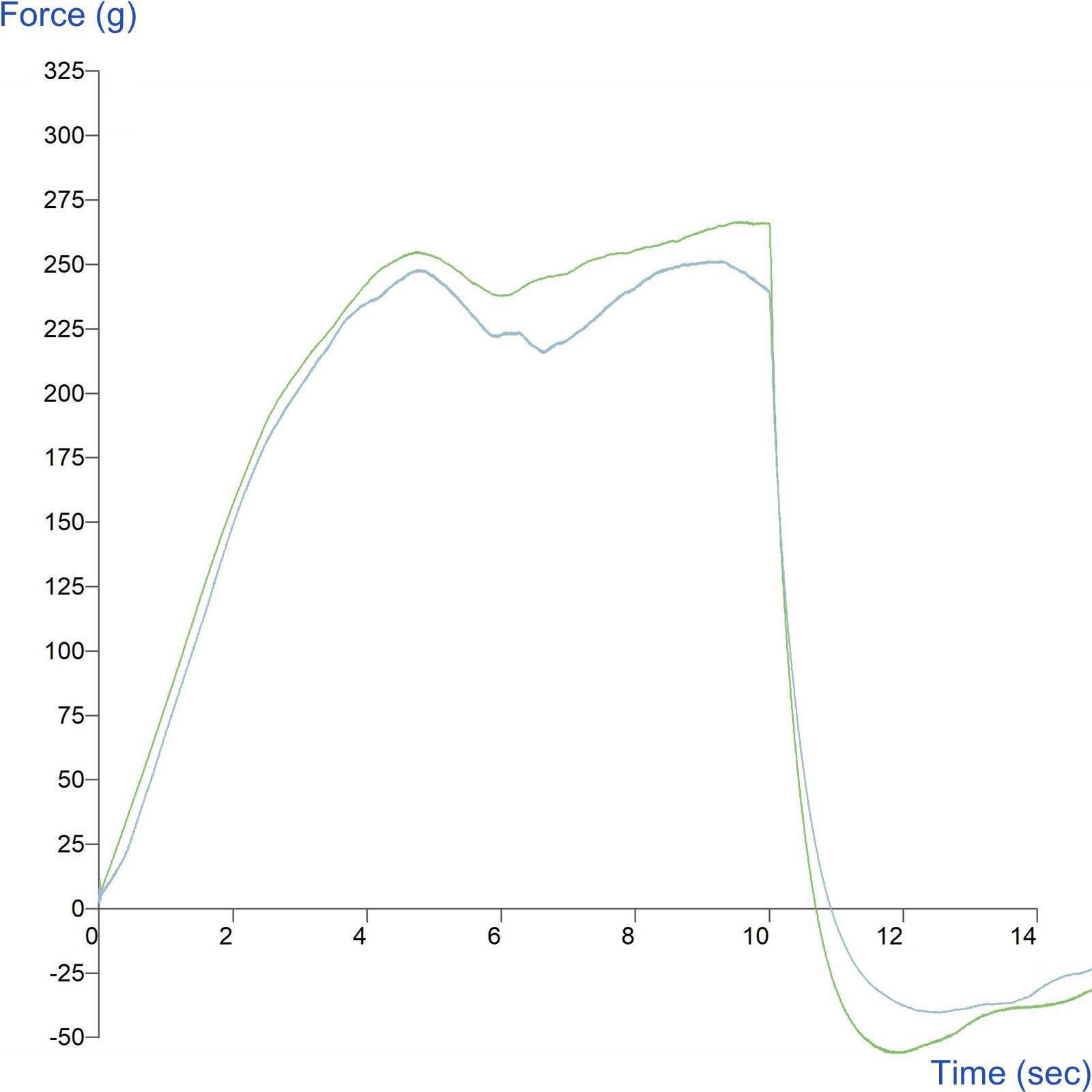
 Texture analysis: the comparative result, the typical method, the consumer expectation
Texture analysis: the comparative result, the typical method, the consumer expectation

On the other hand, an alternative meat manufacturer would see that they newly created plant-based burger (see red line) is lacking in the textural integrity or biting characteristics of a real meat product (see blue line) and could risk product rejection if not providing the ‘same-as’ sensory experience.
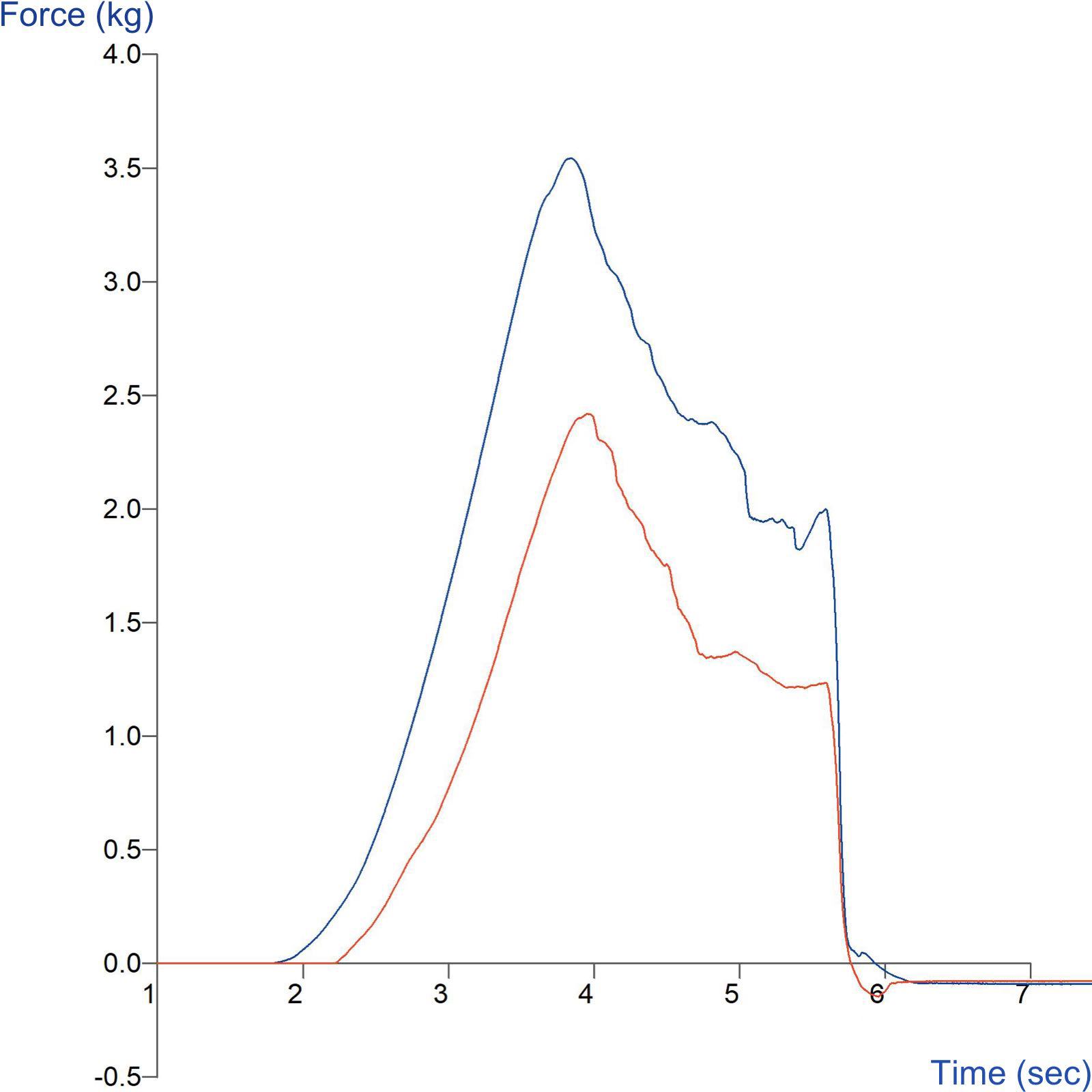
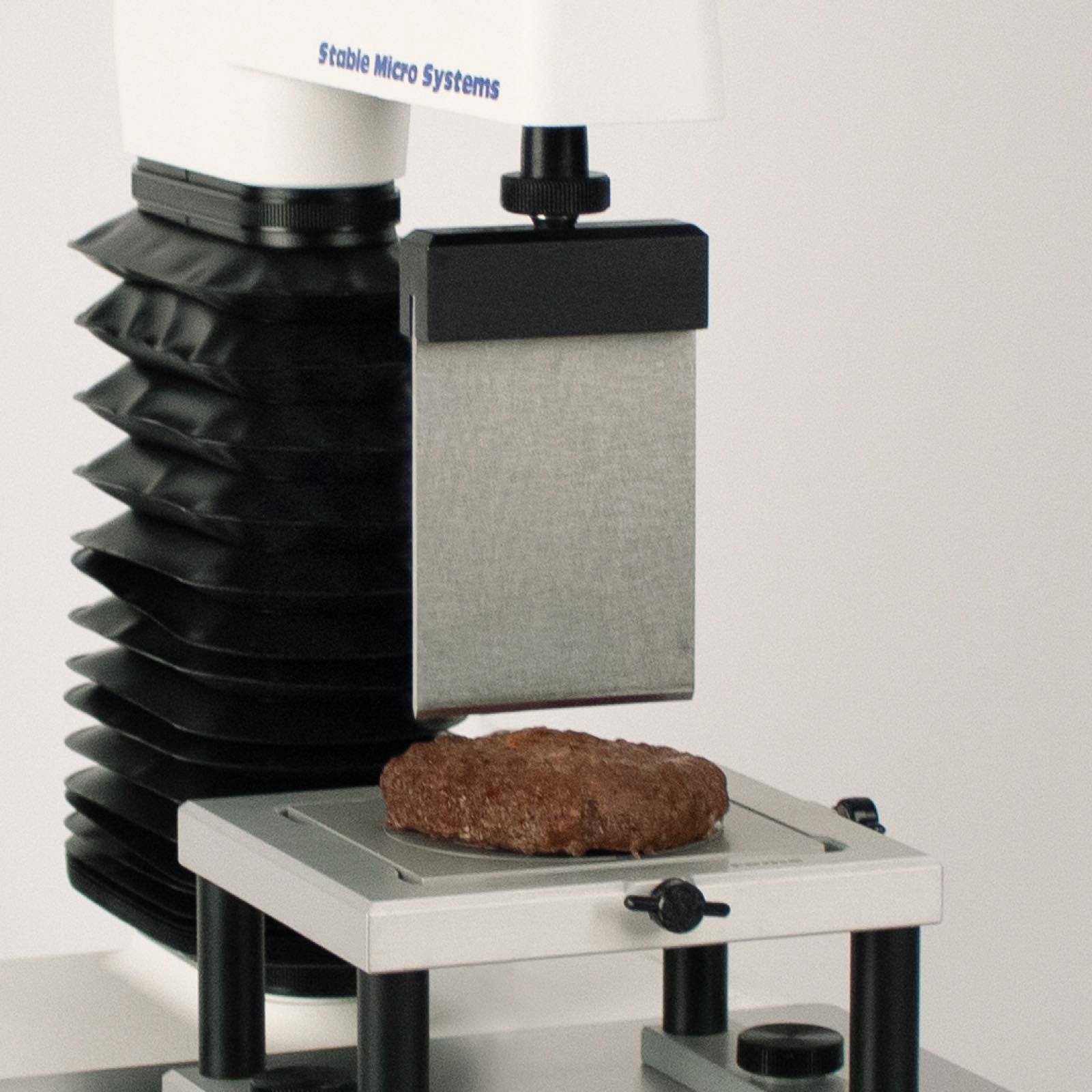 Texture analysis: the comparative result, the typical method, the consumer expectation
Texture analysis: the comparative result, the typical method, the consumer expectation
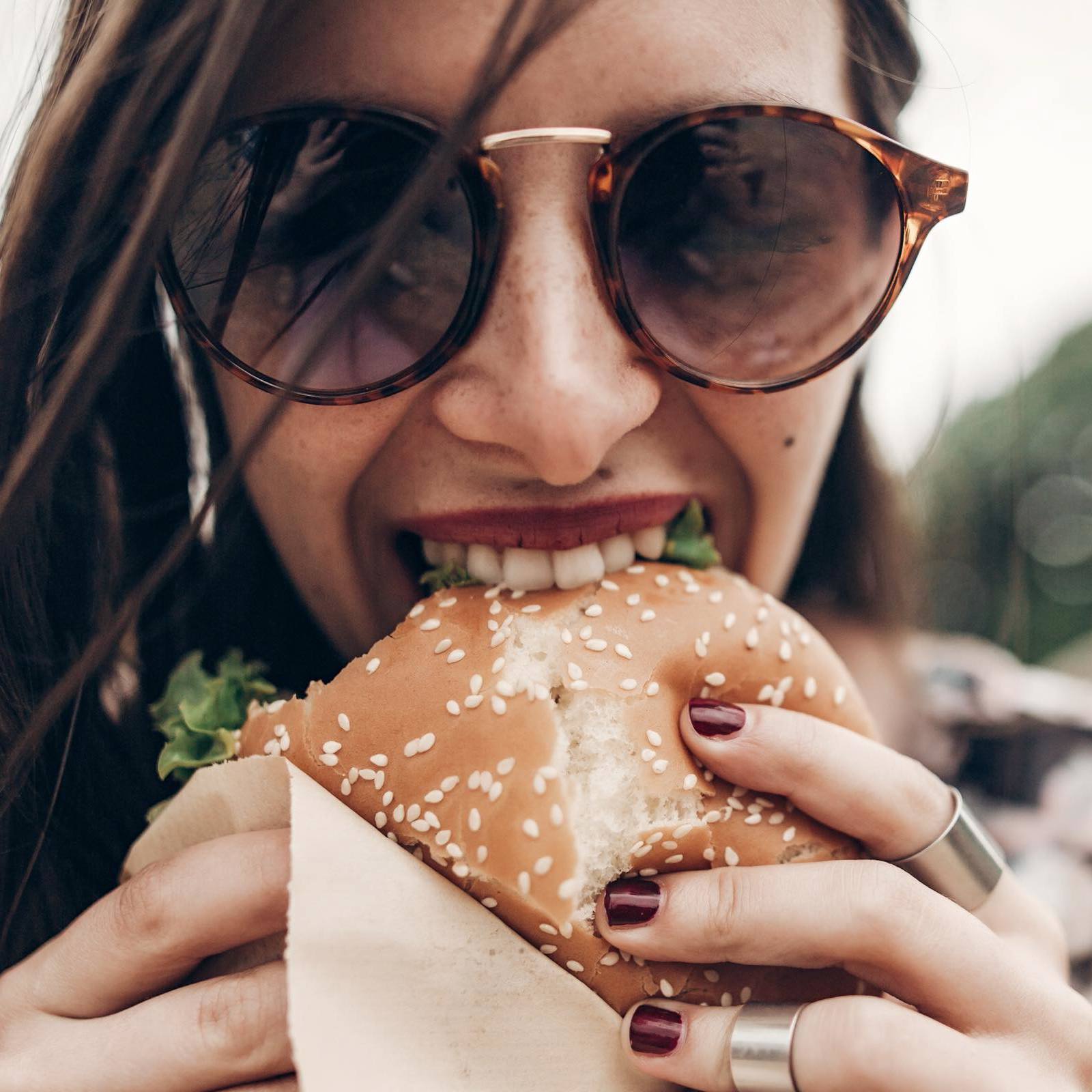
- Develop innovative textures: Use a Texture Analyser to explore new and innovative textures that can differentiate your products from those of your competitors. By experimenting with different formulations and processing conditions, manufacturers can develop unique textures that appeal to consumers and set their products apart.
- Improve consistency: Use a Texture Analyser quantify your ‘gold standard’ to aim for each time to ensure that your products have consistent texture from batch to batch. Set up a pass/fail criteria to maintain your perfect product or provide reason for batch rejection. This can help to build consumer trust and loyalty and differentiate your products from those of your competitors that may have more variation in texture.
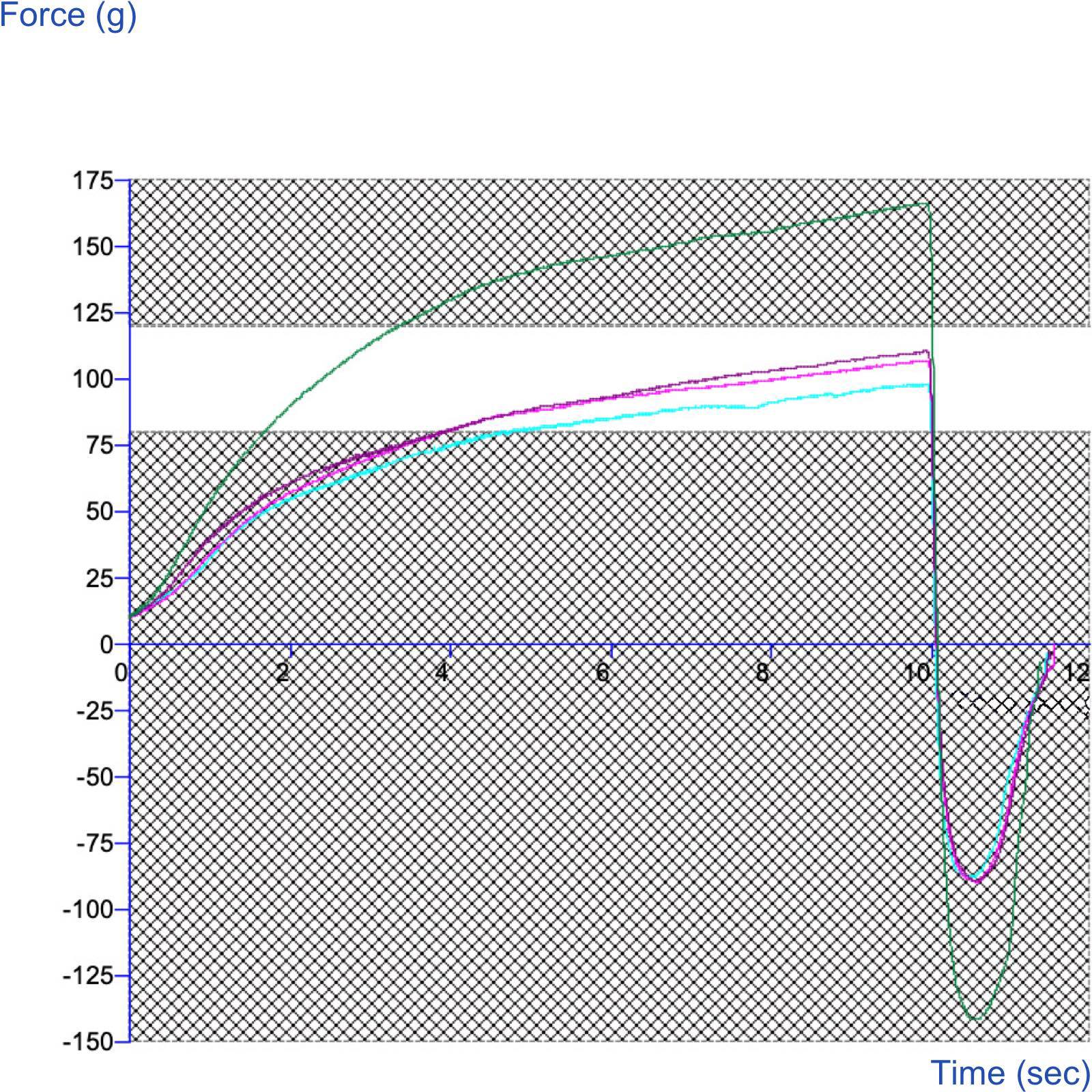
- Enhance quality: Use a Texture Analyser to identify defects or inconsistencies in your products and to take corrective action to improve quality. This can help to differentiate your products from those of your competitors that may have quality issues. For example, your mayonnaise/ketchup product (see blue line) could be experiencing difficulty in delivering from its squeezable tube. The competitor’s product (see red line) has easy squeezable mayonnaise/ketchup. You can see what your target texture is and reformulate to get there.
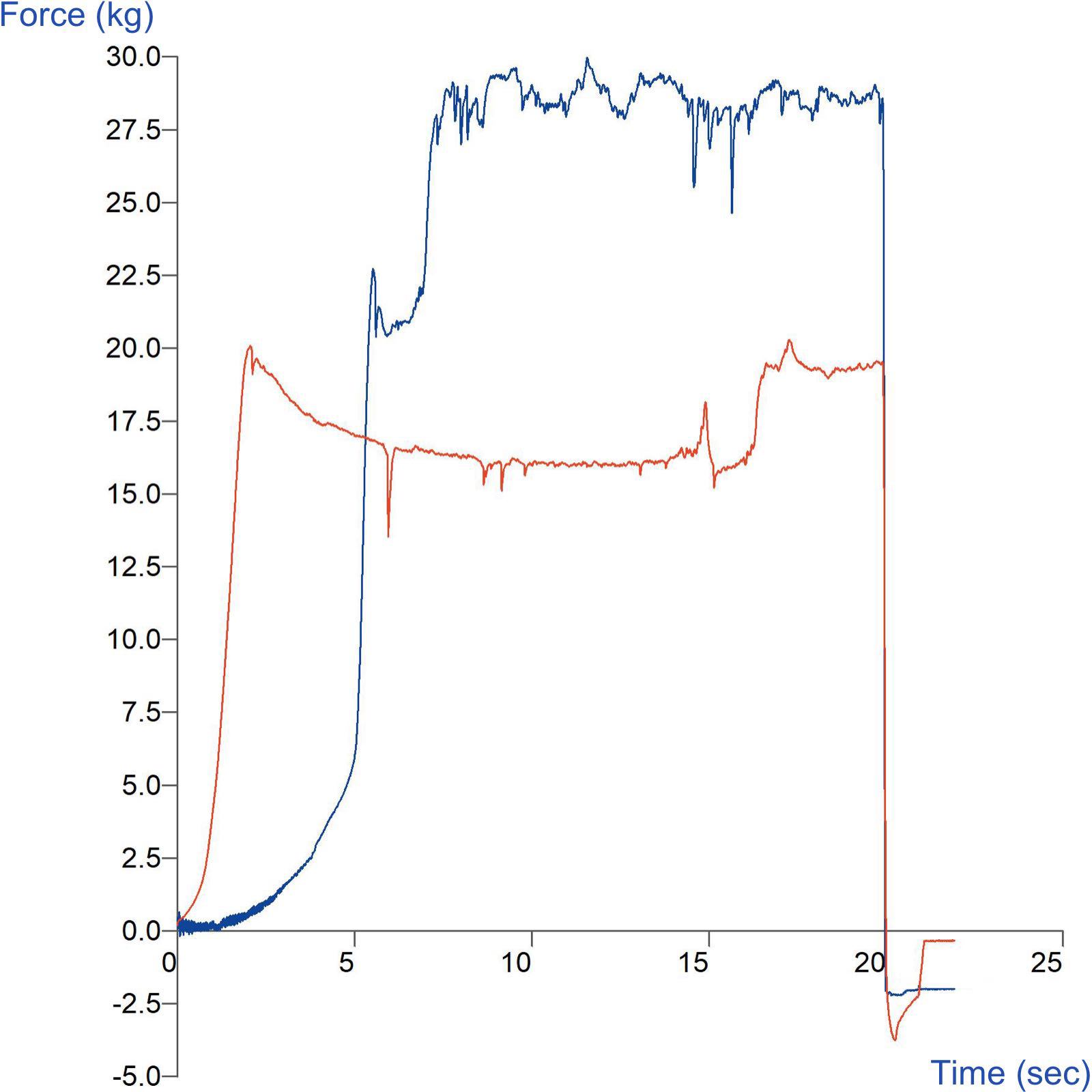
 Texture analysis: the comparative result, the typical method, the consumer expectation
Texture analysis: the comparative result, the typical method, the consumer expectation

- Comply with regulations: Use a Texture Analyser to ensure that your products meet regulatory requirements for texture, such as those related to safety and quality. Compliance with regulations can help to build consumer trust and differentiate your products from those of your competitors that may have compliance issues.
- Substantiate your product claims: In order to advertise your product as ‘25% more spreadable’ or ‘50% less sticky’ you’ll need to have quantified your products to prove your claim. Measuring the spreadability of product A vs product B below, for example, would allow you to assess the improvements in your product reformulation to make the statement you need.
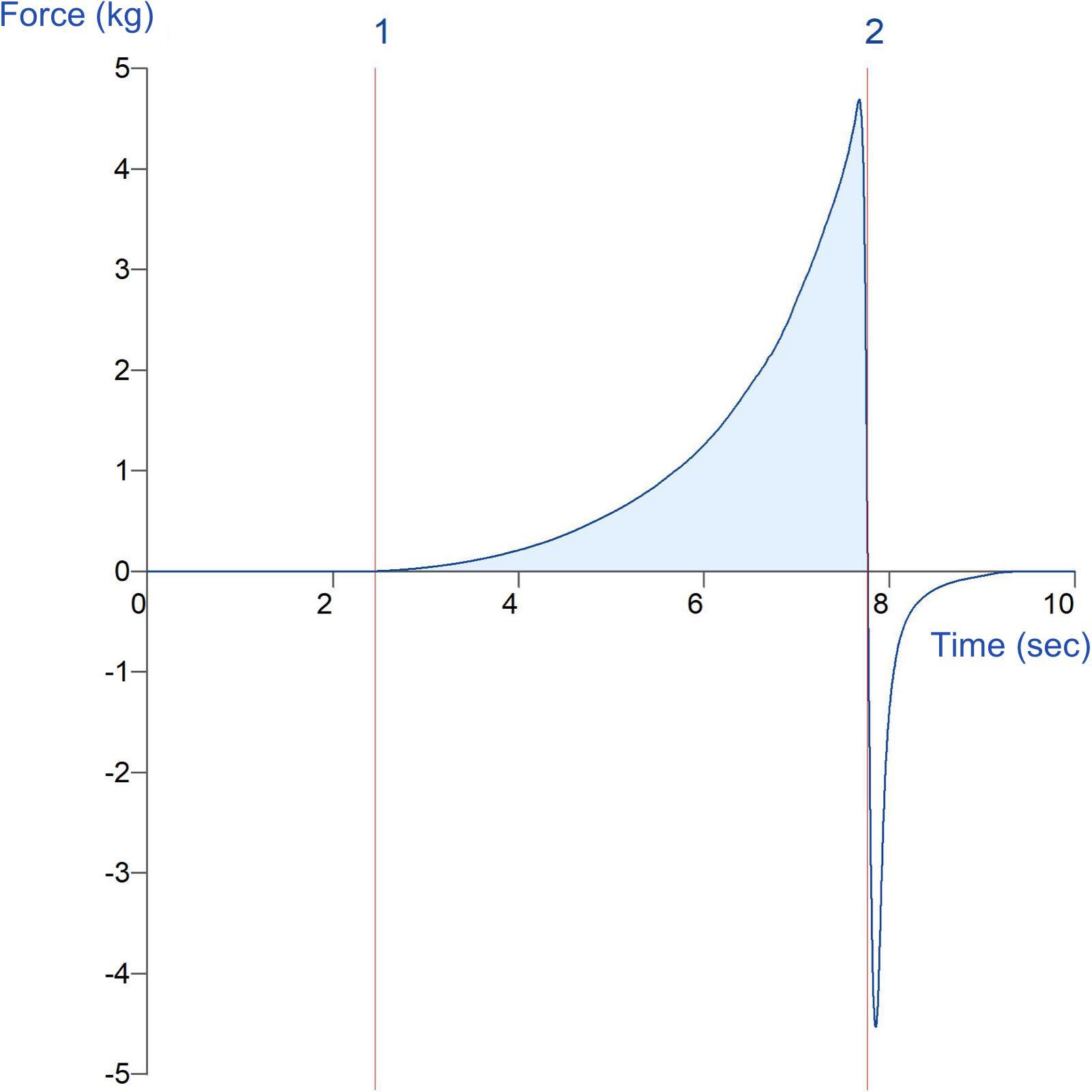
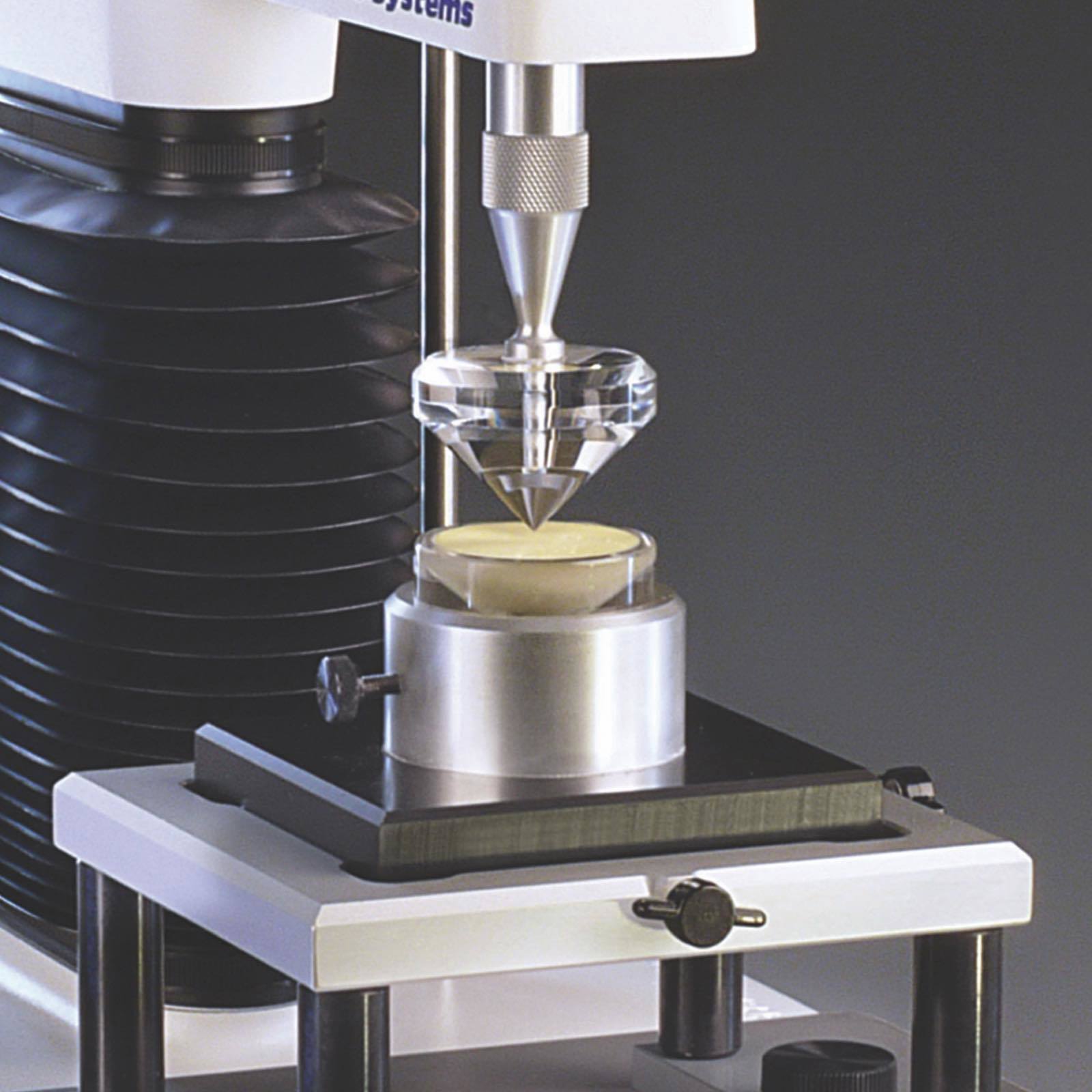 Texture analysis: the comparative result, the typical method, the consumer expectation
Texture analysis: the comparative result, the typical method, the consumer expectation
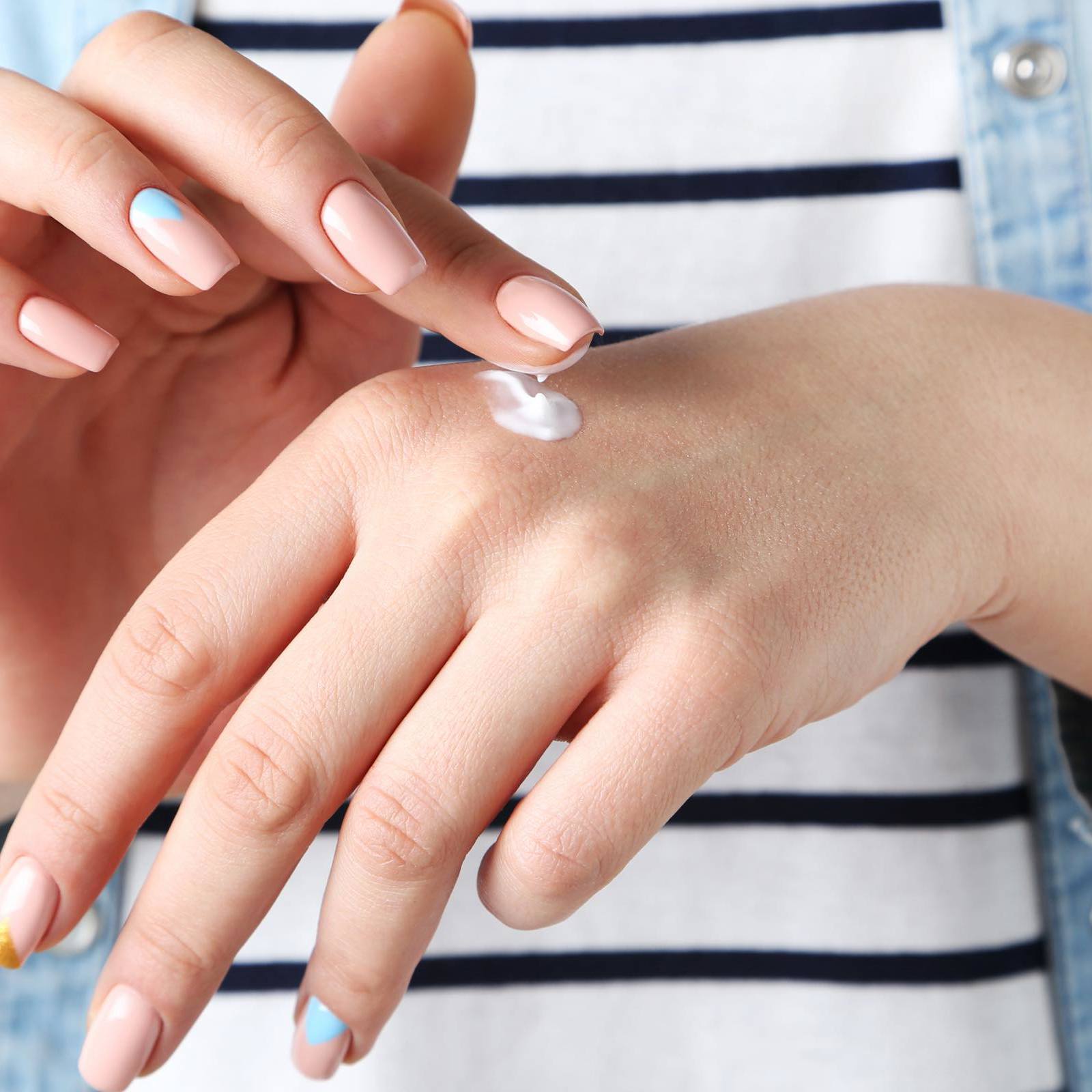
A Texture Analyser is accurate and objective providing quantification of an enormous range of textural properties – see examples of these. By leveraging the power of texture analysis, manufacturers can differentiate their products and gain a loyal consumer following.
Still need to be convinced? Read other case studies about how industry leaders have used their Texture Analyser to get ahead.












